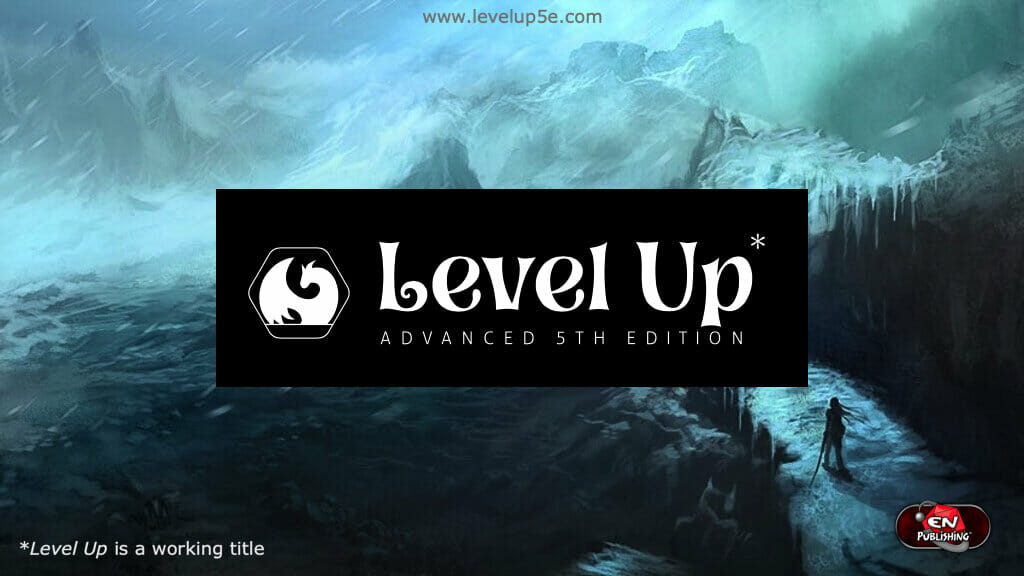EN Publishing, the company behind the Judge Dredd RPG, and a spin-off from EN World has a project called Level Up 5e.
The purpose is to bring advanced rules to D&D 5e. The phrase they use is “A crunchier, more flexible version of the 5E ruleset which you know and love.” and it’ll be interesting to see how the impressive team does crunchier and flex at the same time.

We’ll find out soon enough as the first playtest document is out. It’s a 76-page download that’s all about the origins of D&D characters.
You can go straight to the PDF with this link.
Races, as you might have predicted, seem to be gone. Instead, we have culture and heritage.
Heritage
The first step in the origin creation process is deciding on a heritage. Each heritage listed in this chapter includes unique, biologically inherited traits as well as details about their physical appearances. While this may seem like the most important step, it is important to remember that nurture plays as much of a role in development as nature; while you may be used to seeing lithe, agile elves, the culture and background you choose can provide the stepping stone needed to create a hulking elven barbarian. While it may affect how the world perceives them, an adventurer should never be limited by their heritage.
When building your character’s origin, you can choose only one heritage to gain traits from; the sidebar “Mixed Heritages” should be consulted when multiple heritages are needed for a character. Occasionally, a heritage may provide multiple Heritage Gifts to choose from; when this is the case, you may choose only one Heritage Gift.
Additionally, each heritage has a paragon gift that is gained at 10th level. These features will typically grant an improvement to a trait granted by the heritage, or a new way to use a trait. The following sections appear in the descriptions for most heritages.
Culture
The second step in the origin creation process is choosing your character’s culture. This would be the culture they were raised in, and can be different from the heritage you chose. This can be used to represent a character’s past as a refugee, being adopted into a new family, or simply being raised outside of their heritage for a number of reasons. The culture you choose will provide your character with a number of proficiencies and traits that they would have learned through living amongst that culture, or that members of that culture are often trained in.
For each heritage option presented, there are multiple cultural options. When building your character’s origin, you can choose only one culture to gain traits from.
Each culture listed in this chapter includes a description of what sort of life a character from that culture would experience. This can range from the morals and traditions of a culture, to explaining how one would find themselves a part of that culture to begin with. The following section appears in the description for most cultures.
Of course, this may all change. Not only is this a playtest document, it’s the first peek at what the writing team have in mind.
If you’re curious about the project then there’s a mailing list to sign up to for alerts and even a Kickstarter reminder page in place. When is the Kickstarter scheduled for? 2021.
It won’t be quick re-doing D&D, especially not with Wizards of the Coast running their own playtests with Unearthed Arcana and pushing out substantial optional rules with books like Tasha’s Cauldron of Everything.

